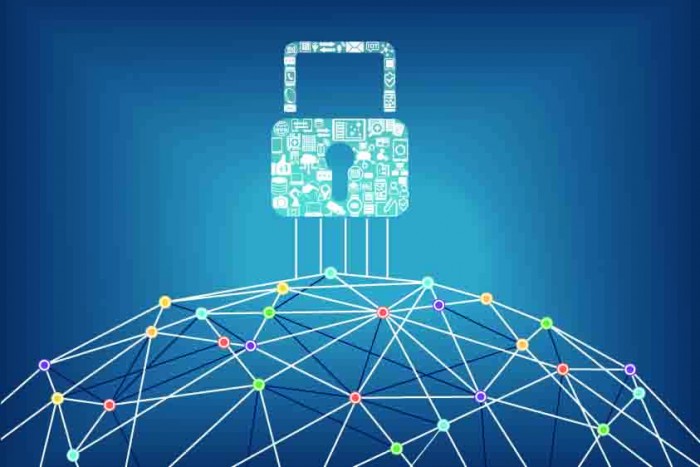Every technological wave brings with it a plethora of vulnerabilities. With the cybersecurity landscape constantly changing, how can today’s organisations prepare for the threats ahead?
he battle between organisations and cyber-attackers has always been like a game of cat and mouse with the good guys and the bad guys constantly trying to one-up each other.
Every technological wave brings with it a plethora of vulnerabilities. Wi-Fi, mobile, cloud and IoT have provided new opportunities for businesses and attackers alike. The fast-paced evolution of the threat landscape has caused cybersecurity technologies and strategies to come in and out of vogue almost regularly. While none of us have crystal balls to find out what technology would work best for the looming cyber threats; we can put measures in place that will help us move forward without fear.
“No one vendor or technology alone can deliver on all your cyber resilience needs. It is, therefore, important that organisations work with service providers who specialise in specific areas of security,” says Heino Gevers, director, Customer Experience, Mimecast.
Organisations can start off with setting up good firewalls, which should always be your first line of defence against a breach of your network, says Gevers.
“Then add extra layers of security to email and the websites and apps your business uses,” he adds. “But remember to work with providers that don’t only focus on defence but ensure that you are able to recover quickly and swiftly continue with business as usual.”
To stay abreast of the growing sophistication of cyber threat actors, organisations need to embark on a process of continuous improvement, based on long-term thinking and fueled by an appetite for learning.
“Developing a defensive strategy against cyber-attacks is an increasingly necessary step for a business to be future-proof,” explains Mahmoud Mounir, regional director, Secureworks.
“It is paramount to have a platform that provides advanced correlation of all alerts, machine learning and expert systems to automate decisions on alerts, paired with a cloud-based team of security experts to analyse all your alerts before you even receive them, freeing up your staff to address tangible security events as they arise.”
Mounir noted that a future-proof security architecture works with an organisation’s existing technology, take in any form of data, enable global visibility, is informed by the latest security intelligence and affords flexible management and monitoring capabilities wherever and whenever needed.
Businesses should regularly test their cyber resilience strategy with mock exercises to ensure that they are ready in the event of a successful attack, according to Gevers from Mimecast. “This way they can update any gaps in the systems,” he says. “It also makes sense to adopt the services of a SaaS cloud provider as they will deploy regular and automatic updates.”
In the near future, sophisticated and complex threats will continue to proliferate the business space and, with advances in technology creating new attack vectors, these will be harder to find and mitigate. Laurence Pitt, security strategist EMEA, Juniper Networks, says, “Two things will help – investment in the right people and in the right technology; automation is key.”
Automation is increasingly being adopted today, but typically only for simple tasks, explains Pitt. “Hackers use automation extensively for the scale and speed needed for attacks; to be future-proof we need to take back the initiative and use automation to enable speed and accuracy for security.”
No preventive system is 100 percent effective when it comes to implementing a full cyber resilience strategy. Future-proofing does not necessarily just require an organisation to buy a bunch of new security technologies. It also entails enlisting skilled and knowledgeable partners that can help them stay on top of security.
“CISOs should work with security partners who provide predictive security, including early detection and prevention with deep learning technology, plus anti-ransomware capabilities,” says Harish Chib, vice president, Sophos, Middle East and Africa.
“Partners should be aligned with security vendors who are accelerating and innovating next-gen technologies in products and their labs.”
Chib remarks that CIO/CISOs should be prepared by partners for more complex ransomware attacks and zero-day threats with predictive security and technology that shares intelligence between the network and endpoints.
In this day and age, even the well-resourced companies are still falling victim to attacks that use phishing and social engineering techniques to dupe employees. “Therefore, companies need to re-think the traditional approach of ‘layered security’ and think more about ‘synchronised security’,” says Chib. “With the latest deep learning technologies, new cybersecurity solutions can now take action faster than an IT Manager predicting issues and stopping threats before they can enter an organisation’s network.”
The cybersecurity landscape will always be a battlefield, with organisations and threat actors trying to outsmart each other. But with a future-proof architecture and an open and innovative mindset, organisations can emerge victorious against the security adversaries in the digital age.





